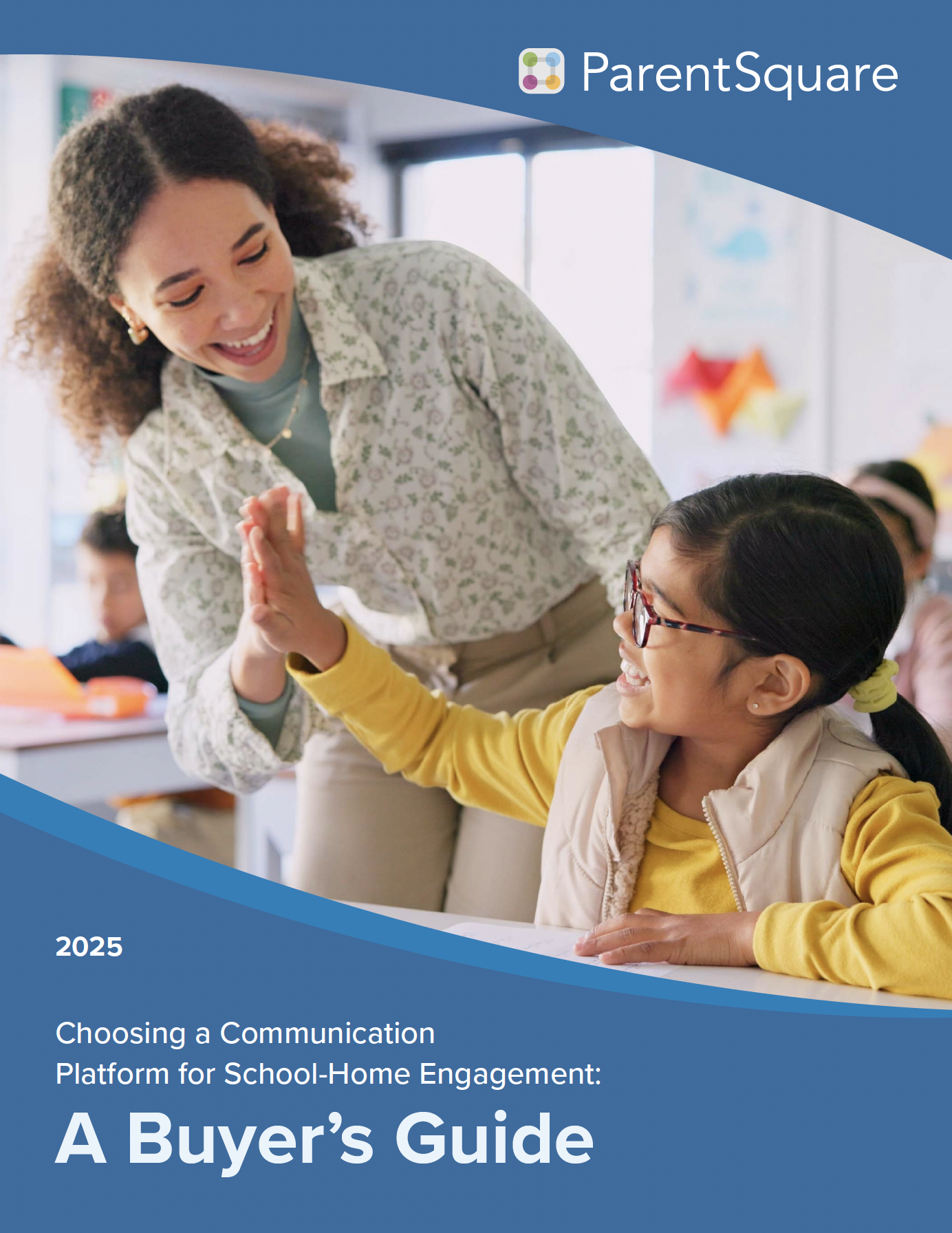School-home communications have never been more important, but many districts and schools are finding that effective communications can pose a major challenge—especially as the pandemic—and challenges related to it persist. And the results of ineffective communications are far-reaching—impacting a district or school’s ability to forge strong connections between school and home.
For example, if a district or school sends uncoordinated messages from too many places and too often, parents and guardians will often experience message fatigue and simply stop listening. Messages that are inconsistent, wordy, or disorganized are also likely to result in low open rates, further affecting engagement.
And without the right tools and insights, schools and districts can’t measure if a parent is or is not receiving and opening messages, let alone understanding what’s being sent. This can make it nearly impossible for a district or school to recognize and implement the changes needed to improve their communications home.
How can schools and districts create effective communications and feel confident that parents/guardians are engaging?
Our free 16-page best practice guide titled, “Effective Family Communications: From Content to Cadence,” focuses on the critical components of effective family communications—message content and cadence—and walks readers through the best practices for each. The guide helps readers take stock of district or school communication practices to determine their effectiveness.
Designed to be used by both educators who are new to school-home communications practices to get started quickly, and by seasoned veterans as a valuable refresher, the free guide is organized around 10 key questions that administrators and educators should ask themselves about their current communication practices at every level, from the district office to the classroom.
Readers can identify gaps and prioritize areas for improvement in their school-home communications ecosystem by asking themselves the following questions:
- Who is communicating? Have you checked with each department or school to find out?
- What are they communicating? Are they sending urgent and short alerts, long detailed messages about activities, regular newsletters from teachers, and/or something else?
- Do you have communications guidelines? Who updates them and trains staff?
- Who is your audience? Is it all parents, or, for example, is it just parents of first graders?
- What time of day are you sending communications? Is it throughout the day, during evenings and weekends, or both?
- How many and how often are messages being sent? Do you send daily, weekly, or monthly communications from district leaders, administrators, teachers, PTA, etc.?
- What tools are you using, and do administrators have oversight into what’s being said? Are you able to audit past interactions or respond to external information requests?
- Do you know who’s receiving, opening and responding to your communications? Is there a single dashboard or place to see the impact of your messages?
- Are parents/guardians satisfied with your communications, and how do you know?
- How would your teachers and other staff rate the current quality of your communications?
For your free copy of the complete guide and to download our bonus companion infographic, “Effective Family Communications: Does Your Messaging Stack Up?” click here.








